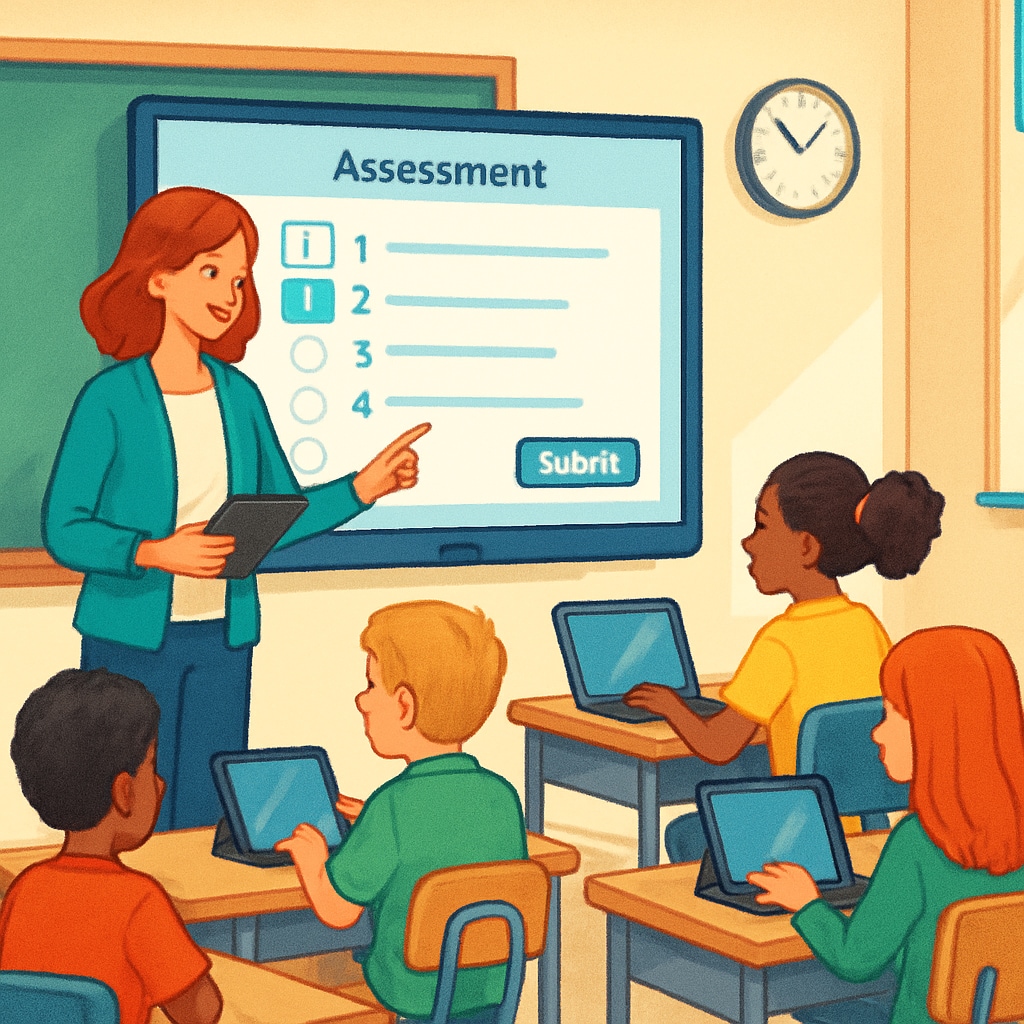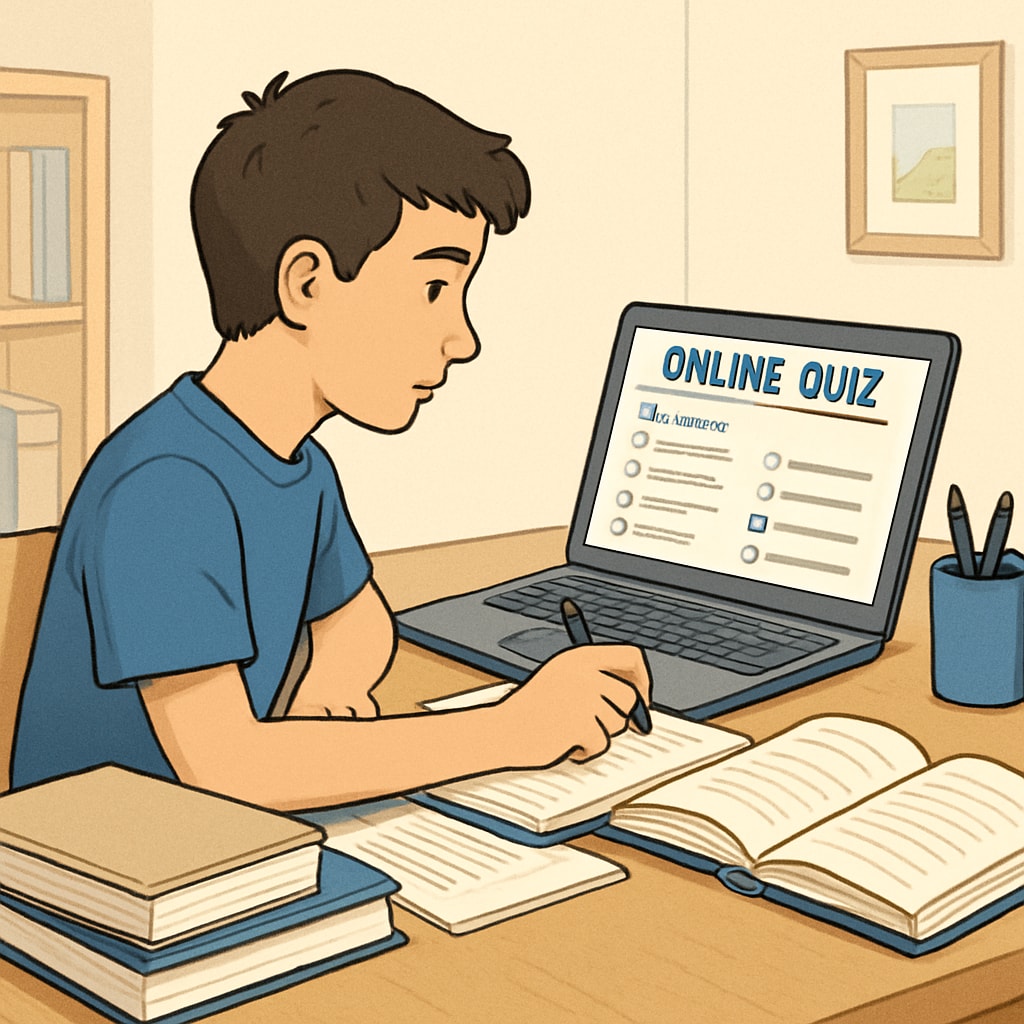In the ever-evolving education landscape, high-quality test resources for students play a pivotal role in shaping academic success. These tools are essential for evaluating student progress, identifying areas of improvement, and supporting teachers in delivering targeted instruction. Whether you’re an educator, a parent, or a student yourself, finding the right resources can be a challenging task. This article provides a comprehensive guide to selecting effective tools for various learning stages and presents recommendations for tried-and-tested resources in K12 education.
Why Quality Matters in Test Resources
Not all test resources are created equal. High-quality tools ensure that assessments are fair, accurate, and aligned with the curriculum standards. Moreover, they foster a better understanding of student abilities, enabling educators to craft personalized learning plans. For example, poorly designed test questions may confuse students or fail to measure their actual skills. On the other hand, well-developed resources contribute to meaningful learning experiences.
- Curriculum alignment: Quality resources match the learning objectives of specific grade levels.
- Ease of use: Intuitive design makes these resources accessible to both educators and students.
- Data-driven insights: Many tools offer analytics to track progress over time.

Top Recommendations for K12 Test Resources
Finding the right resources can be overwhelming due to the abundance of options available. Below are some of the best platforms and tools that have been widely acclaimed by educators:
- Khan Academy: Known for its free educational content, Khan Academy offers custom quizzes and practice tests across subjects like math, science, and humanities. Learn more about Khan Academy.
- Quizlet: A versatile tool, Quizlet allows students to create flashcards and interactive quizzes tailored to their learning needs. Explore Quizlet’s features.
- Edulastic: This platform specializes in formative assessments and provides intuitive dashboards for tracking student performance. Read more about Edulastic.

How to Choose the Right Test Resources
Different students have different needs based on their grade level, learning style, and academic goals. To ensure the tools you choose are effective, consider the following criteria:
- Adaptability: Can the resource be tailored to individual student needs?
- Feedback mechanisms: Does it provide actionable insights for improvement?
- Accessibility: Is it easy to use for students with diverse learning abilities?
Additionally, involve students in the selection process. Their input can help identify tools that are intuitive and engaging for them. For educators, seeking peer reviews and professional recommendations can also guide decision-making.
Balancing Digital and Traditional Assessments
While digital tools have revolutionized the way assessments are conducted, traditional methods like paper-based tests still hold value in certain contexts. Combining both approaches can create a balanced learning environment:
- Digital tools: Ideal for quick feedback and interactive learning.
- Traditional methods: Crucial for developing critical thinking and problem-solving skills without reliance on technology.
For example, platforms like Google Forms can be used for quick quizzes, while group discussions or essay assignments can complement these for deeper cognitive engagement.
Conclusion: Empowering Students Through Quality Assessments
High-quality test resources not only support academic growth but also instill confidence in students by helping them understand their strengths and areas of improvement. From platforms like Khan Academy to interactive tools like Quizlet, the options are vast and versatile. By carefully selecting resources that align with curriculum goals and student needs, educators and parents can empower learners to achieve their full potential.
As a result, investing time in evaluating and choosing the right tools is a worthwhile endeavor. Whether through digital innovation or traditional methods, the ultimate goal remains the same: fostering meaningful learning experiences and enabling student success.
Readability guidance: Use short paragraphs and lists to summarize key points. Aim for a balance between active and passive voice, and ensure a smooth flow with transition words like “however,” “therefore,” and “for example.”


